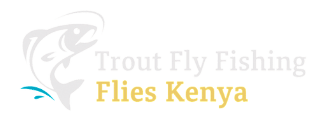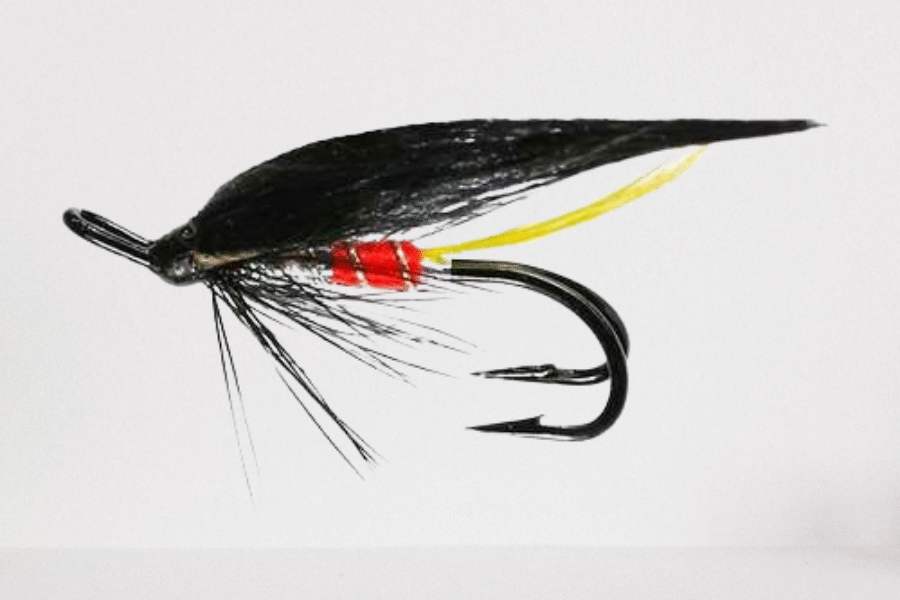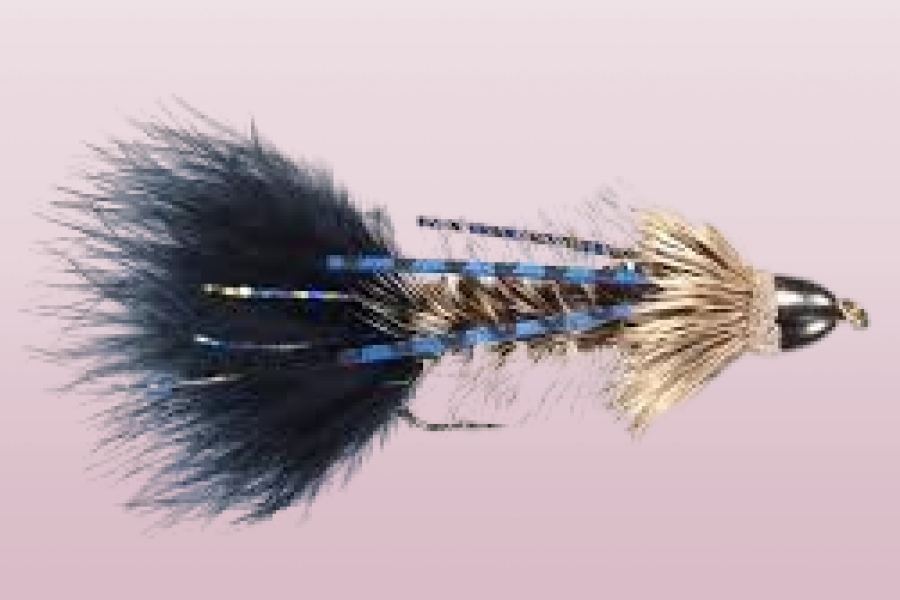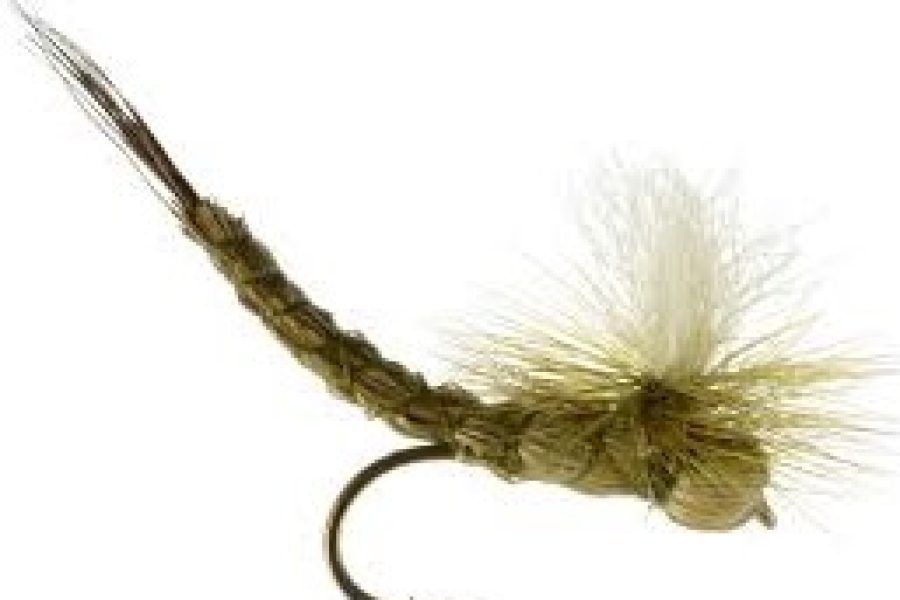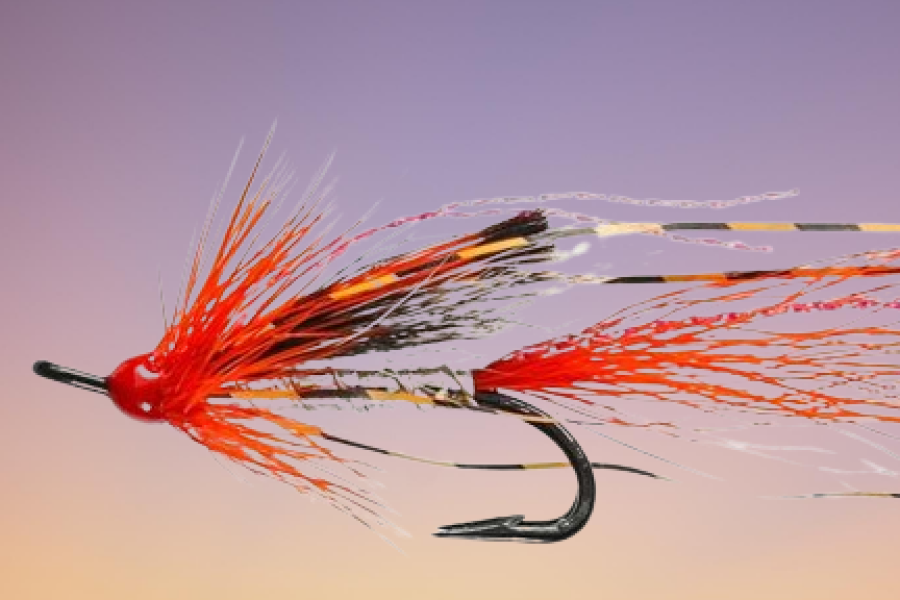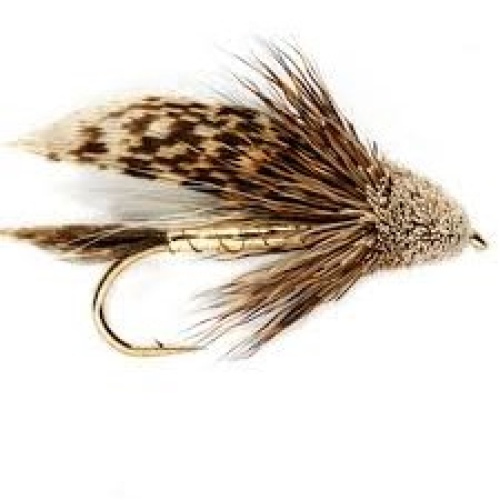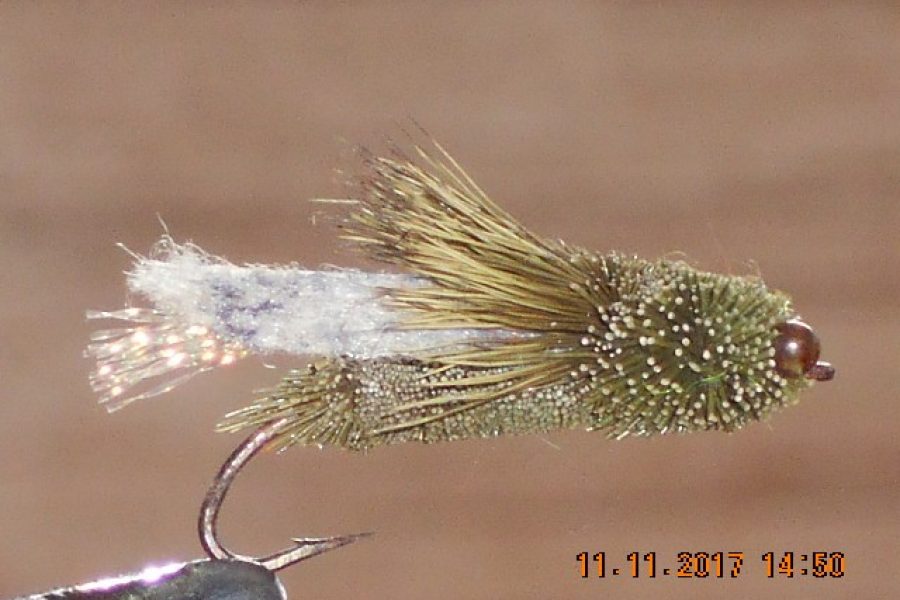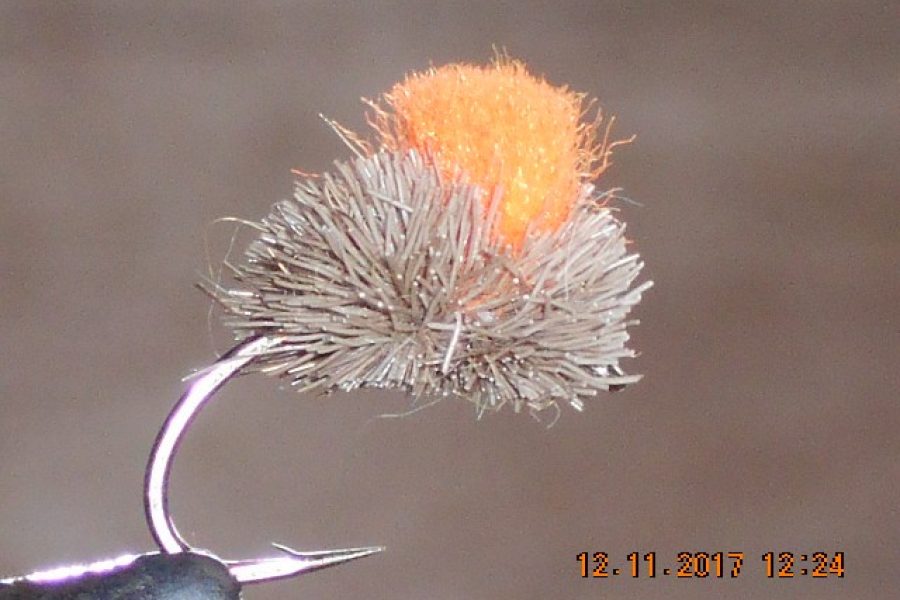Muddler Minnow fishing Fly pattern
Per Dozen $ 10.00
Description
The Muddler Minnow fishing Fly pattern represents an iconic milestone in fly fishing history, originally developed by Don Gapen in 1937 to imitate the sculpin on Minnesota’s Nipigon River. This versatile pattern has evolved into one of fly fishing’s most adaptable designs, capable of imitating everything from sculpins and minnows to grasshoppers and floating mice. Crafted with traditional materials and time-tested techniques, this pattern continues to prove its effectiveness across multiple fishing scenarios and conditions.
Design Philosophy and Material Innovation The pattern’s enduring success stems from its carefully selected components:
- Premium deer hair head
- Traditional wing materials
- Specialized flash elements
- Precise proportions
- Durable construction
- Natural materials
- Strategic material placement
- Versatile profile design
- Classic tying techniques
- Multi-purpose functionality
Technical Specifications
Hook Characteristics:
- Strong-gauge streamer hook
- Available sizes: 2-12
- Durable wire construction
- Straight-eye design
- Chemically sharpened points
- Wide gape configuration
- Corrosion-resistant finish
- Optimal hook strength
- Enhanced penetration design
- Perfect material-to-hook ratio
Material Properties:
- Selected deer hair
- Premium turkey wing
- Flash accents
- Natural components
- Water-resistant properties
- Enhanced durability features
- Quality natural materials
- Specialized body materials
- Color-fast properties
- Movement enhancement
Construction and Tying Process The pattern’s success relies on precise construction methods:
- Balanced proportions
- Strategic hair spinning
- Graduated body tapering
- Reinforced thread base
- Material integration
- Enhanced durability features
- Proper wing placement
- Body construction
- Profile consistency
- Movement optimization
Fishing Applications and Techniques
Presentation Methods:
- Strip retrieve
- Swing presentations
- Multiple retrieval speeds
- Surface skating
- Pattern diving
- Depth manipulation
- Current seam fishing
- Structure targeting
- Cross-current swings
- Action variation
Specialized Applications:
- Surface fishing
- Sub-surface retrieves
- Technical water
- High-pressure situations
- Structure fishing
- Pocket water
- Bank fishing
- Seam fishing
- Drop-offs
- Current breaks
Seasonal Effectiveness
Summer Performance:
- Prime terrestrial season
- Warm water periods
- Peak activity
- Extended daylight
- Surface action
- Baitfish schools
- Temperature peaks
- Optimal visibility
- Migration patterns
- Feeding windows
Spring Applications:
- Pre-summer activity
- Warming waters
- Initial feeding
- Water level variations
- Mixed techniques
- Weather changes
- Pattern selection
- Temperature increases
- Fish movement
- Feeding windows
Fall Strategy:
- Baitfish migrations
- Cooling waters
- Changed light conditions
- Transitional periods
- Aggressive takes
- Pattern visibility
- Fish location
- Temperature drops
- Migration patterns
- Feeding windows
Winter Tactics:
- Deep water fishing
- Cold water techniques
- Limited light
- Slow presentations
- Structure fishing
- Temperature considerations
- Pattern visibility
- Fish holding patterns
- Oxygen levels
- Light penetration
Habitat and Water Types
Water Applications:
- Rivers and streams
- Lakes and ponds
- Mountain waters
- Lowland rivers
- Clear flats
- Structure areas
- Current seams
- Drop-offs
- Holding water
- Pocket water
Specialized Environments:
- Crystal clear waters
- Stained conditions
- Shallow flats
- Deep runs
- Complex currents
- Bank structure
- Channel edges
- Boulder gardens
- Undercut banks
- Current breaks
Target Species and Behavior
Primary Species:
- Brown Trout
- Rainbow Trout
- Brook Trout
- Lake Trout
- Bass
- Pike
- Sea Trout
- Arctic Char
Feeding Behaviors:
- Aggressive strikes
- Chase response
- Pattern recognition
- Territorial behavior
- Opportunistic takes
- Selective feeding
- Strike triggers
- Visual stimulation
- Lateral line response
- Competitive feeding
Rigging Recommendations
Leader Setup:
- 7.5-9 foot leaders
- 3X-5X tippet
- Tapered leaders
- Fluorocarbon options
- Loop-to-loop connections
- Shock absorption
- Proper stiffness
- Knot strength
- Breaking strain
- Abrasion resistance
Presentation Options:
- Floating lines
- Sink tip lines
- Multiple fly systems
- Traditional methods
- Modern techniques
- Line matching
- Leader design
- Tippet selection
- Weight placement
- Depth control
Professional Applications
Guide Usage:
- Client-friendly pattern
- Proven success rates
- Visibility advantages
- Easy casting
- Multiple techniques
- Teaching tool
- Confidence pattern
- Versatile applications
- Durability
- Hook-up ratio
Tournament Usage:
- Competition proven
- Technical water success
- Pressure adaptation
- Quick-change capability
- Consistent performance
- Depth control
- Pattern rotation
- Size variation
- Color selection
- Presentation options
Care and Maintenance
Post-Fishing Care:
- Thorough drying
- Material grooming
- Hook point inspection
- Hair head maintenance
- Wing preservation
- Storage preparation
- UV protection
- Pattern inspection
- Material maintenance
- Shape verification
Storage Requirements:
- Dry environment
- UV protection
- Separate compartments
- Regular inspection
- Moisture prevention
- Temperature control
- Light protection
- Ventilation needs
- Box organization
- Inventory management
Advanced Fishing Methods
Presentation Techniques:
- Strip variations
- Swing control
- Depth control
- Strike detection
- Drift management
- Current reading
- Structure approach
- Pattern tracking
- Recovery methods
- Angle optimization
Water Reading:
- Current understanding
- Depth assessment
- Structure location
- Fish holding areas
- Presentation angles
- Feeding lanes
- Travel routes
- Rest areas
- Temperature breaks
- Current seams
Environmental Considerations
Conservation Features:
- Barbless options
- Sustainable materials
- Durable construction
- Catch-and-release friendly
- Minimal environmental impact
- Eco-conscious design
- Material selection
- Ethical considerations
- Resource protection
- Species conservation
Material Selection:
- Responsible sourcing
- Quality components
- Natural elements
- Ethical production
- Sustainable practices
- Environmental impact
- Material longevity
- Waste reduction
- Local materials
- Eco-conscious design
Additional information
| Hook size | 10, 12, 14, 6, 8 |
|---|---|
| Hook type | Barbed Hooks, Barbless Hooks |
We're glad you're here. Let us know how we can assist — whether you're looking for barbless flies, bulk orders, or have a custom request. We're ready to help you catch the perfect deal!
